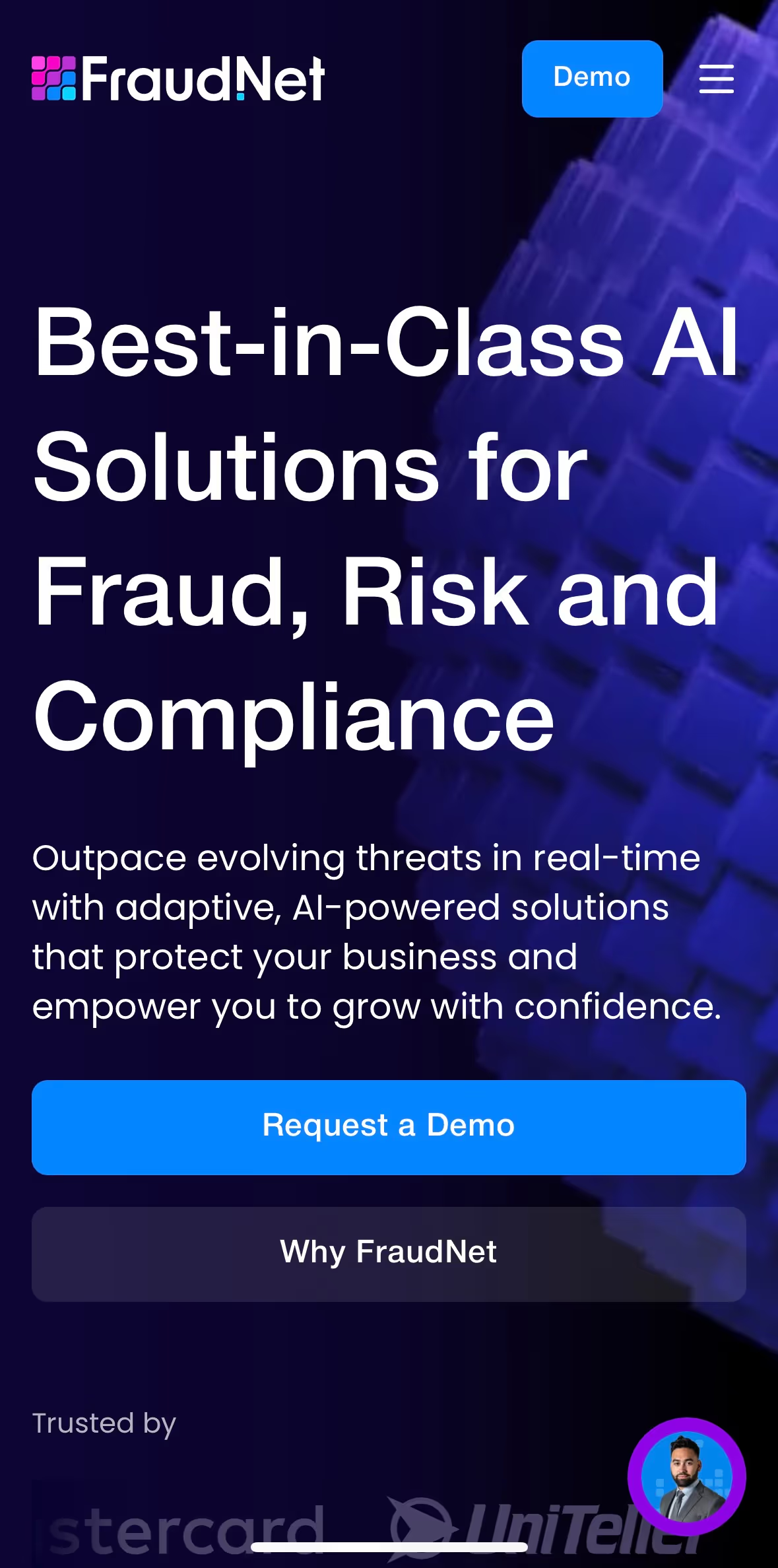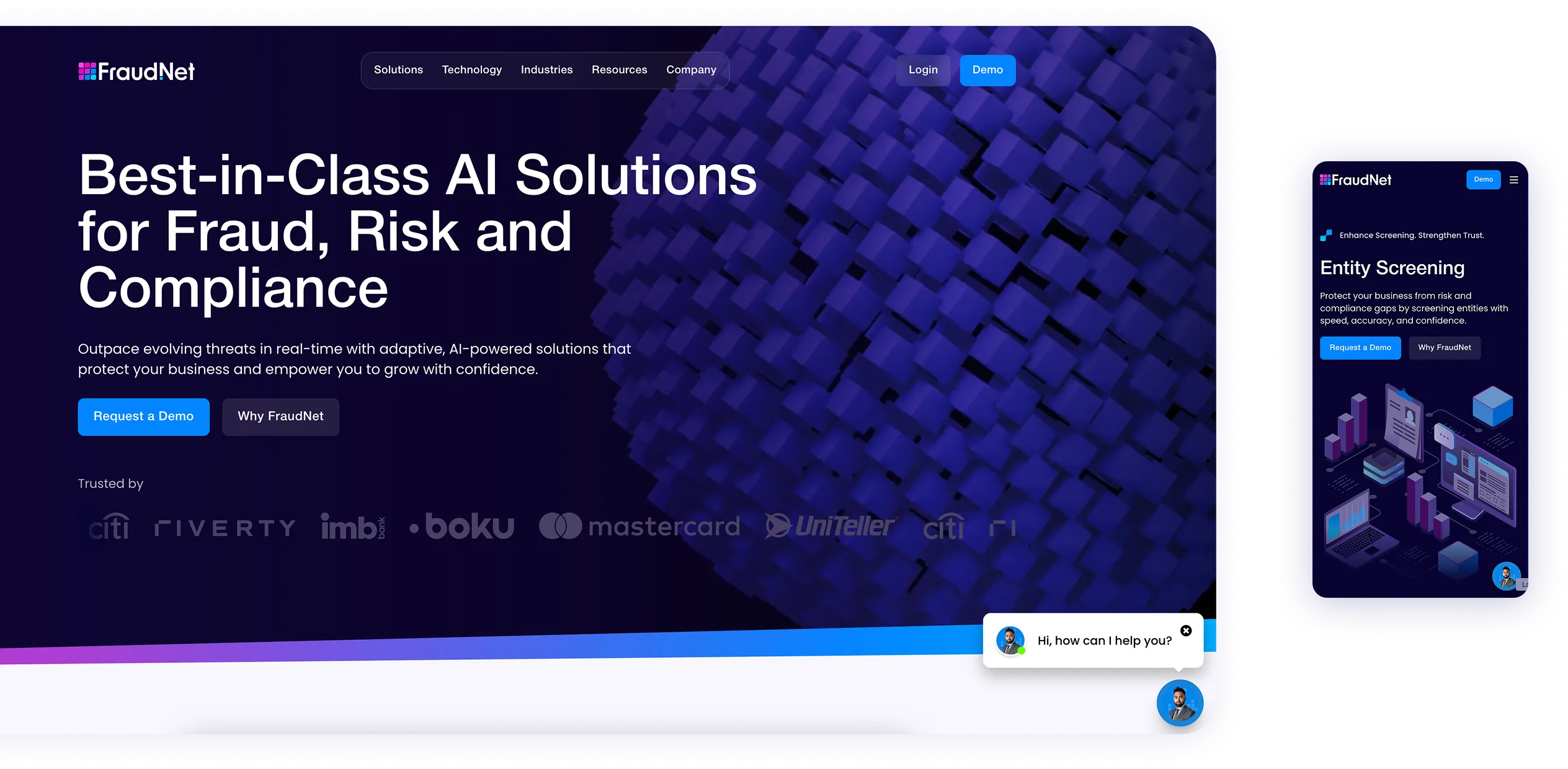It helped us to create a consistent appearance of the website and reinforce the brand identity throughout the digital presence of the company.
Among other things, I was advocating for the high-contrast solutions for the elements, so the project has at least AA-level of readability in any corner, enhancing the accessibility characteristics.

DS
We prepared a killer design system loaded with variables, components, and responsive elements. Working close with the engineers I went through each page I was working on, making it pixel-perfect and easy to product.
I even took part in a few workshops scheduled with our dev team where we went through the webflow essentials and used this knowledge to arm the screens with all the necessary details for the smoothest production ever.
Low brand presence:
→ using variables across the project
→ setting up the brand typography and color palette
→ search of available thematically-fitting illustration pack that can be used, in future, as well
Achieving consistency:
→ creating custom patterns for the CMS
→ using DS elements for the social media previews
→ using consistent elements and effects for the infographics


Fraud.net wasn’t just a website — it was a massive, complex portal built to educate users and clients on anti-fraud tech. With CMS integration, webinars, and tons of custom features, it was as exciting as it was challenging.
The design process was nonlinear, including lots of iterations and re-evaluations on the job done. The content was changing dynamically so it add up on the complexity of the task.
I contributed some standout creative ideas early on that became iconic for the site. From there, it was non-stop: pitching concepts, working closely with the client, refining layouts, and advocating for the strongest design choices.
Not gonna lie — the final result was OVERsatisfying.



